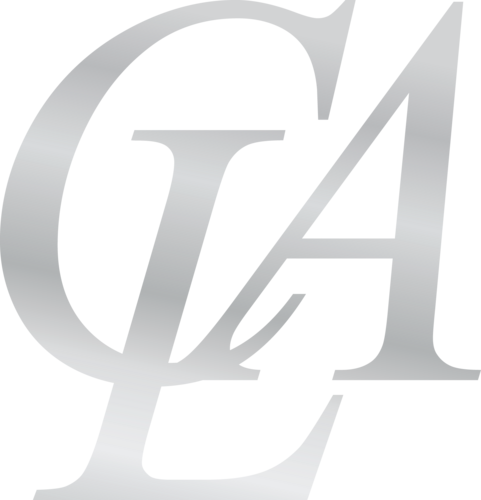Click-through rate (CTR) is a critical metric in search engine optimization (SEO), as it measures the percentage of users who click on a website’s link from the search results pages (SERPs). A higher CTR indicates that a website is more relevant, engaging, and appealing to users, and it can lead to better visibility and ranking on Google. In this blog, we will explain the importance of CTR in SEO, how to calculate and improve your website’s CTR, and offer some new ideas and advice for maximizing CTR.
Part 1: Understanding CTR in SEO
CTR is a metric that measures the effectiveness of a website’s search engine optimization strategy. CTR is calculated by dividing the number of clicks on a website’s link by the number of impressions (or views) of the link on the SERPs. For example, if a website’s link is viewed 100 times on the SERPs and clicked 10 times, the CTR is 10%.
CTR is an essential factor in Google’s search algorithm, as it indicates the relevance, quality, and user experience of a website. A higher CTR suggests that a website’s content and meta descriptions are engaging, informative, and relevant to users’ search queries, and it can lead to higher ranking and visibility on Google.
Part 2: How to Improve Your Website’s CTR
Improving your website’s CTR requires a combination of strategies and tactics that align with your goals and target audience. Here are some ways to improve your website’s CTR:
- Optimize Your Meta Descriptions: A meta description is a brief summary of a website’s content that appears below the website’s title and URL on the SERPs. Optimizing your meta descriptions can help you attract users’ attention, provide a clear and concise summary of your content, and differentiate your website from your competitors. To optimize your meta descriptions, you need to use relevant keywords, provide a compelling and unique value proposition, and use persuasive language and calls-to-action.
- Use Rich Snippets: Rich snippets are enhanced search results that provide additional information, such as ratings, reviews, images, and prices, to users. Using rich snippets can help you stand out on the SERPs, provide more context and value to users, and increase your CTR. To use rich snippets, you need to add structured data markup to your website’s HTML code, using schema.org vocabulary and guidelines.
- Improve Your Page Speed: Page speed is the time it takes for a website’s page to load fully. Improving your page speed can help you reduce bounce rates, increase user satisfaction and engagement, and improve your CTR. To improve your page speed, you need to optimize your images and videos, minify your CSS and JavaScript files, use a content delivery network (CDN), and compress your files and resources.
Part 3: New Ideas and Advice for Maximizing CTR
To maximize your website’s CTR, you need to focus on providing users with relevant, engaging, and valuable content that meets their needs and expectations. Here are some new ideas and advice for maximizing CTR:
- Use Visual Content: Visual content, such as images, videos, infographics, and charts, can help you attract users’ attention, provide more context and information, and increase your CTR. To use visual content, you need to create high-quality and relevant visuals that complement your written content, optimize your alt text and captions, and use responsive design for different devices and platforms.
- Leverage User Intent: User intent refers to the underlying motivation or goal behind a user’s search query.

